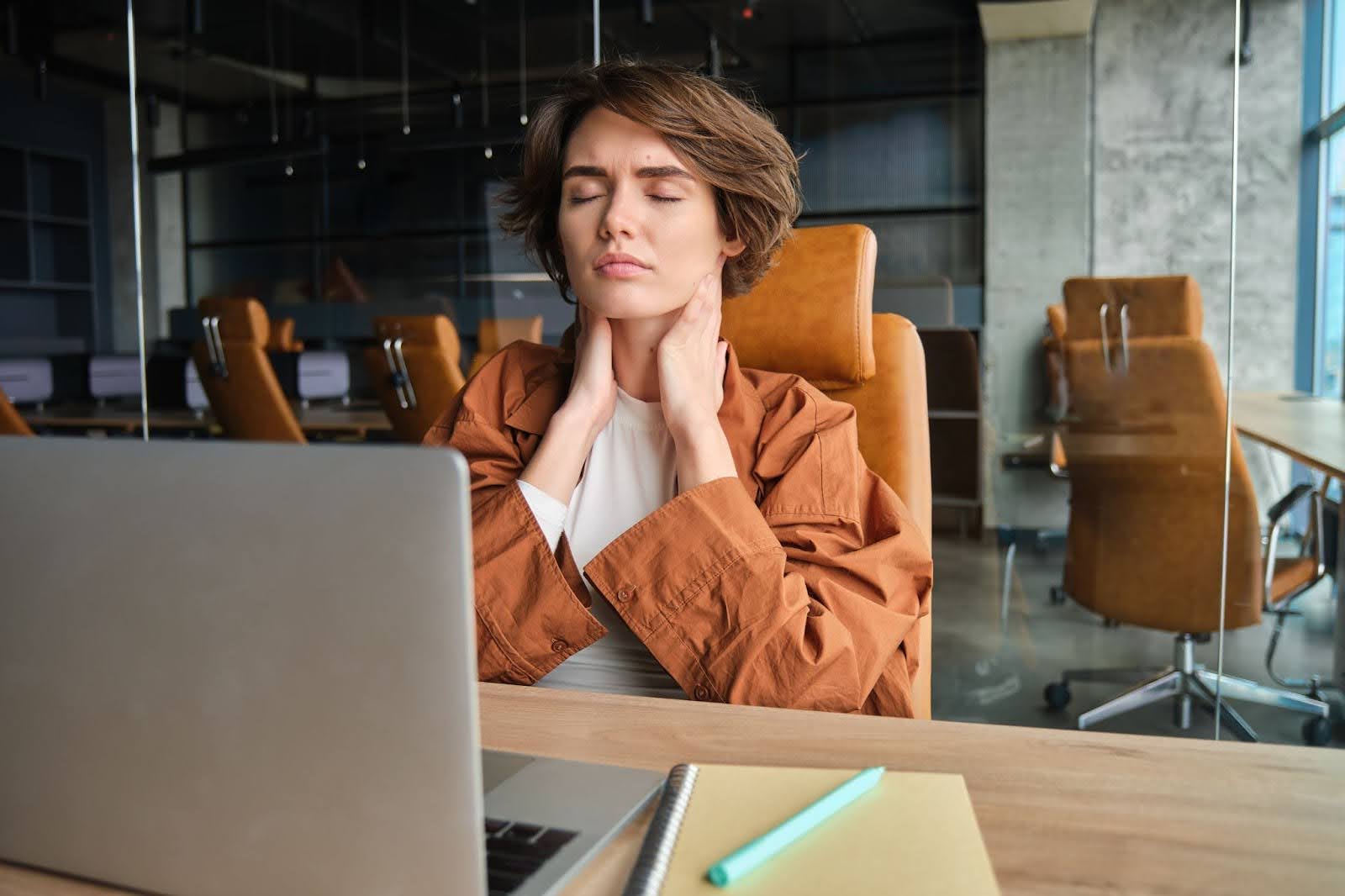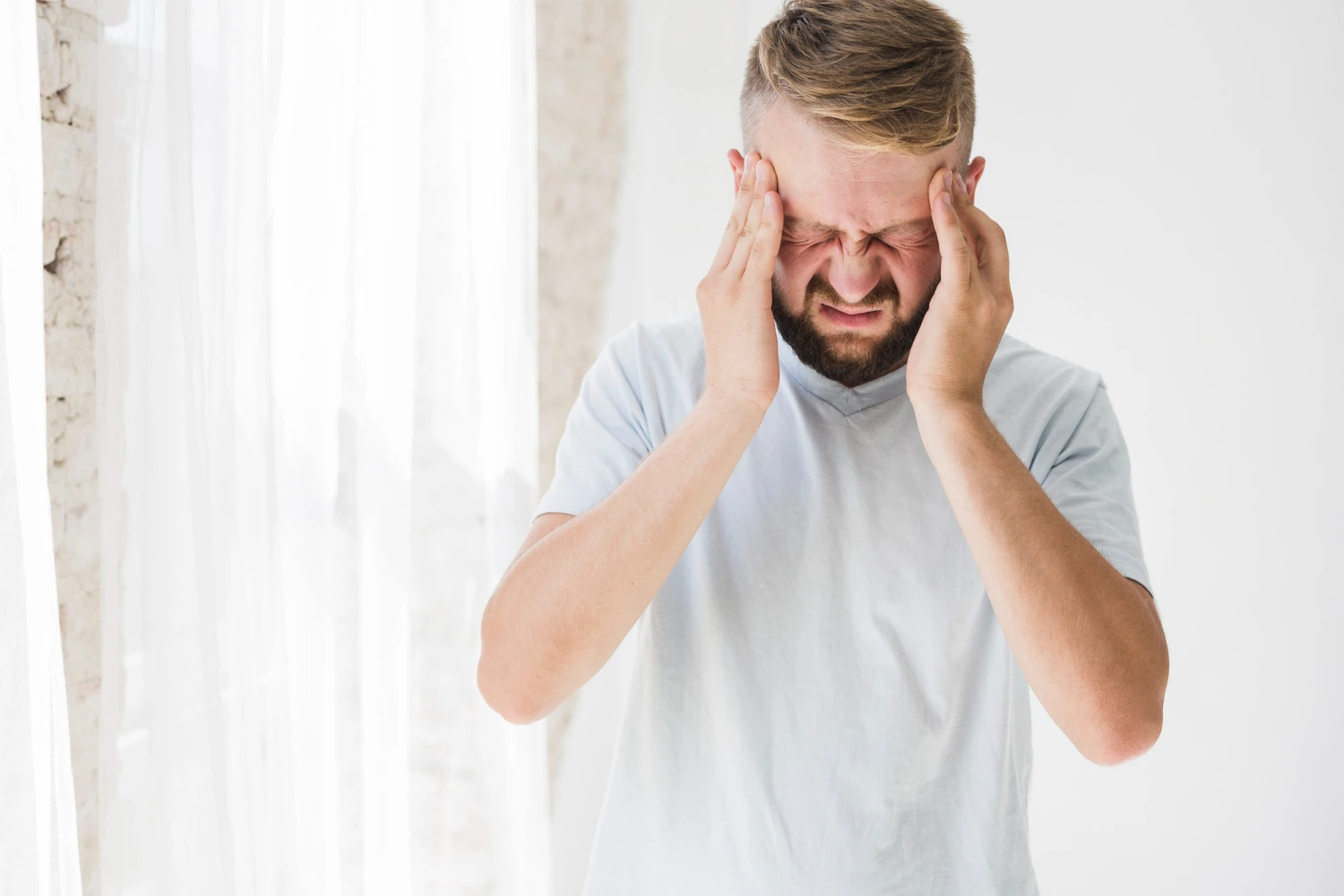POTS affects an estimated 1–3 million Americans [1] and likely thousands more Canadians, though the true prevalence may be higher due to widespread underdiagnosis. Studies suggest that as many as 1 in 100 teenagers and adults may experience some form of POTS.
This article provides a breakdown of POTS symptoms, subtypes, causes, and complications. Whether you’re navigating a recent diagnosis or exploring unexplained symptoms, understanding POTS is the first step toward effective management.
What Is POTS Disease?
POTS stands for Postural Orthostatic Tachycardia Syndrome, a condition characterized by an abnormal increase in heart rate that occurs after sitting up or standing. [1]
The main sign of POTS is a heart rate increase of 30 beats per minute (or over 120 bpm total) within 10 minutes of standing, without a significant drop in blood pressure. This increase in heart rate (tachycardia) is often accompanied by dizziness, fatigue, and other symptoms that suggest poor autonomic regulation.
Though POTS is often considered a cardiovascular disorder, it stems from dysfunction in the autonomic nervous system. It’s more common in women aged 15–50 and may develop suddenly or gradually. The condition is classified into several types, including neuropathic, hyperadrenergic, and hypovolemic POTS.
Different Types of POTS
- Neuropathic POTS: Characterized by impaired nerve function in the lower limbs, leading to blood pooling.
- Hyperadrenergic POTS: Defined by elevated norepinephrine levels upon standing, causing symptoms like tremors and high blood pressure.
- Hypovolemic POTS: Involves low blood volume, often accompanied by electrolyte imbalances.
- Secondary POTS: Develops alongside another condition, such as diabetes, lupus, or Sjögren’s syndrome.
These subtypes may overlap, and accurate diagnosis often requires tilt-table testing and blood panels. [2]
Is POTS a Disability?
In severe cases, POTS can be disabling. While not all individuals with POTS qualify for disability benefits, those with moderate to severe symptoms may struggle with basic activities like standing for long periods or working full-time. Disability claims often depend on symptom severity and documentation of function limitations.
Is POTS an Autoimmune Disease?
Research suggests a possible autoimmune link, especially in cases that develop after viral infections. Some patients have elevated autoantibodies, suggesting immune system involvement. However, POTS is not yet officially classified as an autoimmune disease. [3]
POTS Disease Life Expectancy
POTS disease does not typically shorten life expectancy. However, quality of life can be significantly affected. With proper management—including medications, lifestyle changes, and physical therapy—many people experience significant POTS symptom improvement over time. [4]
At What Age Do POTS Develop?
Most people with POTS begin showing symptoms during adolescence or early adulthood. Girls between 15–25 represent the most commonly diagnosed group. However, it can occur at any age, including in children and older adults. [5]
Do People with POTS Need More Sleep Than the Average Person?
Yes. Fatigue is one of the most common and debilitating symptoms of POTS. Many patients report needing 9–10 hours of sleep or more to function normally. Sleep disturbances such as insomnia or unrefreshing sleep are also common. [6]
What Causes POTS Syndrome
The exact cause of POTS remains unknown in many cases. However, it is often associated with physical trauma, viral infections, surgery, or pregnancy. It can also coexist with other conditions like Ehlers-Danlos syndrome, autoimmune disorders, and chronic fatigue syndrome. [5]
POTS and Pregnancy
Pregnancy can worsen or improve POTS symptoms. Some women experience heightened symptoms during pregnancy, while others report improvement due to hormonal changes and increased blood volume. Close monitoring is essential. [7]
POTS and COVID
Post-COVID syndrome (also called long COVID) has been linked to a rise in POTS cases. Many patients recovering from COVID-19 develop symptoms consistent with postural orthostatic tachycardia syndrome, even without prior cardiovascular conditions. [8]
POTS and Anxiety
Anxiety is common in individuals with POTS but is not a cause. The overlapping symptoms, such as heart palpitations and dizziness, can mimic anxiety attacks. However, autonomic dysfunction is the root cause, and treatment should address POTS directly. [9]
POTS Symptoms
Recognizing postural orthostatic tachycardia syndrome symptoms is crucial for early intervention. The most common signs include:
- Heart palpitations or a heart rate increase of 30+ bpm upon standing
- Lightheadedness, dizziness, or near-fainting (especially after standing)
- Fatigue not relieved by rest
- Shortness of breath and chest tightness
- Difficulty concentrating (“brain fog”)
- Nausea, bloating, or other gastrointestinal disturbances
- Temperature regulation issues (excessive sweating or feeling cold)
- Shakiness or muscle weakness
- Headaches or migraines
- Blurred vision or tunnel vision [10]
Some people may experience weird POTS symptoms, such as bladder dysfunction, cold hands and feet, sensitivity to heat, exercise intolerance, or tingling sensations. These can vary widely between individuals.
Symptoms of POTS can flare unpredictably. Keeping a POTS symptoms checklist can help track patterns and guide treatment. [11] Mild POTS symptoms may go unnoticed for months, while severe symptoms can disrupt work, school, and social life.
When to See a Doctor for POTS
If you experience symptoms like a racing heart, dizziness upon standing, or unexplained fatigue that lasts more than a few weeks, consult a specialist. A cardiologist or neurologist with experience in autonomic disorders can provide appropriate testing, such as a tilt table test.
Timely diagnosis can help prevent worsening symptoms. It’s especially important if you’re seeing symptoms in teens, post-viral illness, or postpartum periods.
Don’t suffer through your symptoms. To alleviate POTS symptoms and improve your quality of life, consult the specialists at Moore MyoWorx.
Risk Factors for POTS
Several factors increase the risk of developing POTS:
- Female sex: Most diagnoses are in women between puberty and menopause
- Family history: Genetic predispositions to autonomic dysfunction or autoimmune disease
- Infections: Especially viral (e.g., mononucleosis, COVID-19)
- Trauma: Concussions or orthopedic injuries
- Prolonged bed rest: After surgery or illness
- Autoimmune overlap: Conditions like lupus or Sjögren’s [11] [13]
Understanding what causes POTS syndrome can help in early identification and targeted treatment. [10]
What Happens If POTS Is Left Untreated?
Untreated POTS can severely impact quality of life. Persistent tachycardia and reduced cerebral perfusion may lead to chronic fatigue, fainting, and brain fog.
Over time, individuals may become physically deconditioned, creating a cycle of worsening symptoms. School and work absenteeism is common, and social isolation may contribute to depression or anxiety.
Complications can include impaired cardiac conditioning, orthostatic hypotension, gastrointestinal motility issues, and anxiety disorders triggered by unrelieved symptoms.
Early diagnosis and consistent management greatly reduce long-term impacts. If you or a loved one experiences signs of POTS, don’t ignore them. Talk to a specialist about testing options and start managing your symptoms with a customized plan. [12]
Moore MyoWorx provides specialized neuromuscular therapy and rehabilitation protocols designed to support autonomic stability and relief of POTS symptoms.
References
- PubMedCentral: COVID-19 Increases the Prevalence of Postural Orthostatic Tachycardia Syndrome: What Nutrition and Dietetics Practitioners Need to Know
- National Library of Medicine: Postural Orthostatic Tachycardia Syndrome
- Autonomic Neuroscience: Autoimmunity in postural orthostatic tachycardia syndrome: Current understanding
- University of Utah Health: Living with POTS: Understanding the Condition That Affects Millions
- National Library of Medicine: Postural Orthostatic Tachycardia Syndrome
- National Institute of Health: Estimation of Sleep Disturbances Using Wrist Actigraphy in Patients with Postural Tachycardia Syndrome
- POTSUK: Pregnancy: Information about Pregnancy & PoTS
- National Library of Medicine: Post-COVID postural orthostatic tachycardia syndrome (POTS): a new phenomenon
- POTSUK: Mental Health: Help Managing Anxiety
- Harvard Health: POTS: Diagnosing and treating this dizzying syndrome
- Cedars Sinai: Postural Orthostatic Tachycardia Syndrome (POTS)
- Longmore Clinic: Postural Orthostatic Tachycardia Syndrome (POTS)
- Global Autoimmune Institute: Postural orthostatic tachycardia syndrome (POTS)




